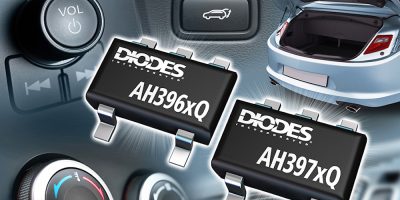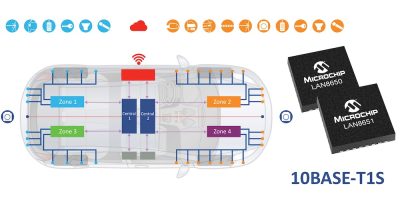Pre-certified to ISO-26262/ASIL-B, u-safe is end-to-end positioning hardware-software by u-blox and based on market-proven safe components which have been extensively tested in autonomous driving conditions, said u-blox. It can be seamlessly integrated into future-proof advanced driver assistance systems (ADAS) architectures, which “significantly” minimising time to market, said the company.
The model for vehicle positioning is designed to accelerate the adoption of autonomous vehicles. It uses components that are proven in automotive driver navigation systems to offer Tier 1 suppliers and OEMs driver automated and assistance systems in, for example, ADAS Level 3 and above applications requiring high integrity and functional safety features. In addition, ADAS Level 2+ applications can also benefit from u-safe, said u-blox, to ensure that these systems are future proof and ready for a transition into higher levels of automation.
u-blox claimed to be the only supplier in the market today to offer a functional-safety-and-SOTIF compliant safe end-to-end positioning solution combining proprietary hardware with customised software and correction service. The company said u-safe is simplifying the automotive supply chain for customers working on ADAS up to SAE Level 5.
Integrated into ADAS and autonomous driving stacks, u-safe represents an additional layer of safety by offering functional safety (ISO-26262 standard), high integrity and trustworthy positioning for automated and autonomous driving markets.
u-blox said u-safe ensures ASIL-B GNSS localisation for sophisticated safe automotive systems. It incorporates u-blox’s ninth generation GNSS technology platform with A9 ASIL-B chipset and module, PointSafe which uses GMV’s high accuracy and safe correction service and on-board safe position engine, the u-blox Thingstream IoT platform, as well as customised integration support.
u-safe follows the recently announced partnership with GMV, which specialises in navigation for connected and autonomous vehicles. u-blox and GMV joined forces to pioneer functional safety with market-proven components to bring functional safe E2E positioning solutions to the automotive industry for mass-market applications.
u-blox operates in positioning and wireless communication in automotive, industrial, and consumer markets. The company has a broad portfolio of chips, modules, and secure data services and connectivity. The company headquarters are in Thalwil, Switzerland, with offices in Europe, Asia, and the USA.
http://www.u-blox.com






